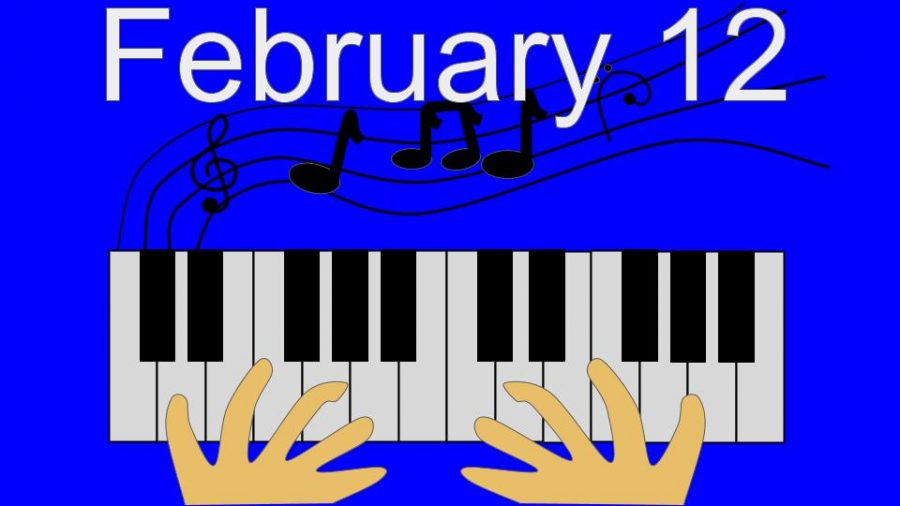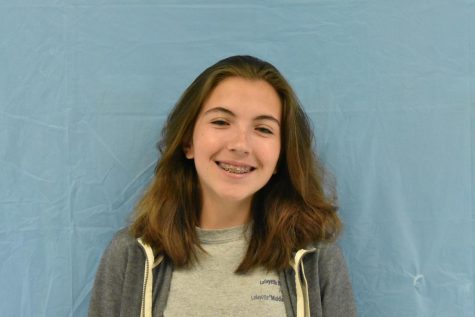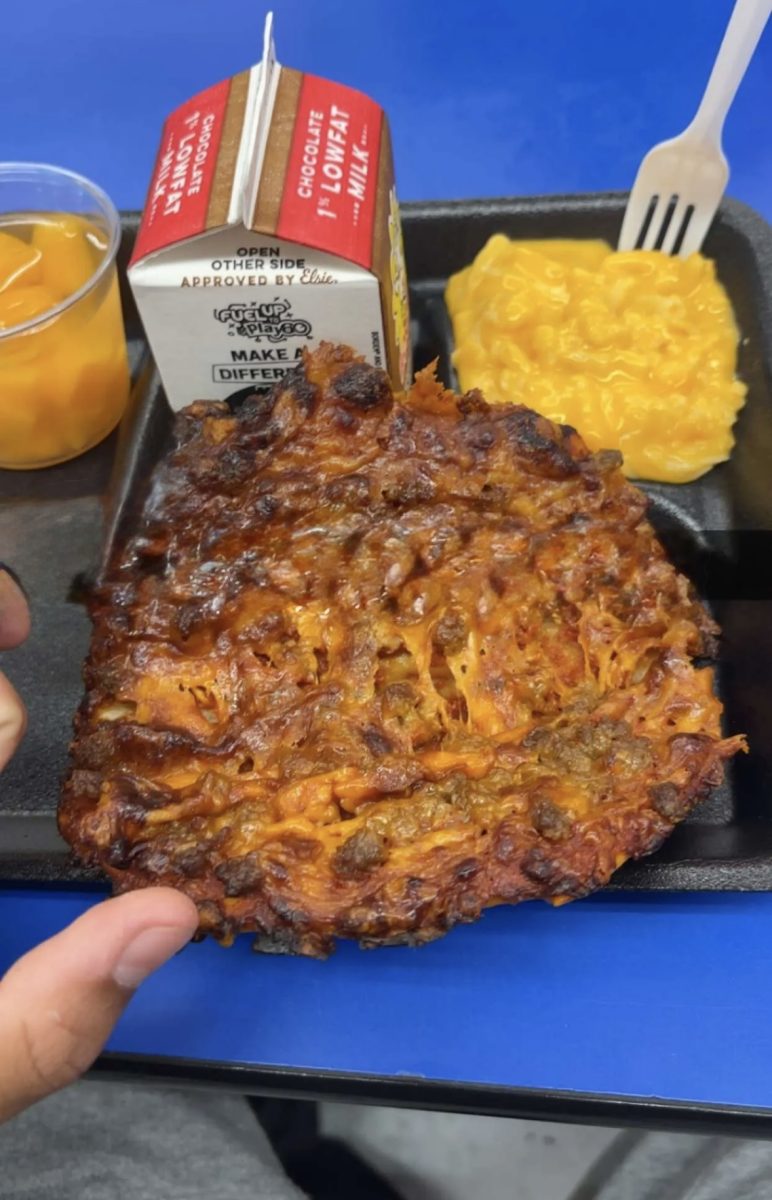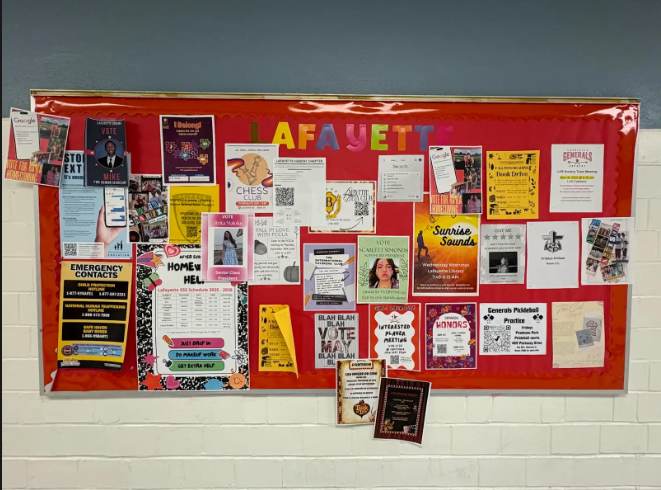This Day in History – February 12th
February 12, 2018
On this day in 1924, Rhapsody in Blue was performed for the first time at the Aeolian Hall in New York City.
“The audience packed a house that could have been sold out at twice the size,” wrote New York Times critic, Olin Downes, on February 13, 1924.
The performance was a part of a large program called the “Experiment In Modern Music.” Organized by Paul Whiteman, the immensely popular leader of the Palais Royal Orchestra, the program demonstrated that the relatively new form of music called jazz deserved to be known as a serious and sophisticated art form. The program had many pieces and readings about how the new music of jazz was being settled into the country, such as “Contrast: Legitimate Scoring vs. Jazzing.”
Many readings and pieces went by, and the audience was starting to grow a bit weary. Then, a young man by the name of George Gershwin, then known only as a composer of Broadway songs, seated himself at the piano to accompany the orchestra in the performance of a brand new piece of his own composition, called Rhapsody In Blue.
The beginning of the piece starts out with an outrageous cadenza from the clarinet; a two-and-a-half-octave glissando that makes Rhapsody in Blue as instantly recognizable as Beethoven’s Fifth Symphony. There is a repeated tone throughout the piece, but with different keys and different instruments. The first part was played by the clarinet, the second part was the same phrase played by a piccolo trumpet, and so on.
The music critic of the New York Times was in agreement with Whiteman’s basic premise:
“This is no mere dance-tune set for piano and other instruments, this composition shows extraordinary talent, just as it also shows a young composer with aims that go far beyond those of his ilk.”
George Gershwin’s hope to have a piece that entered a new era of music may have been genuine, but the piece he used to accomplish that feat was put together very hastily. It was only 5 weeks prior to the “Experiment in Modern Music” program, but Gershwin had not committed to writing a piece for it. Fortunately, his brother pushed him to work hard enough to make the piece amazing. Soon after that, a report in the New York Tribune stated that George was “at work on a jazz concerto” for the program. Thus painted into a corner, George Gershwin pieced Rhapsody In Blue together as best he could in the time available, leaving his own piano part to be improvised during the world premiere.
Rhapsody would, of course, come to be regarded as one of the most important American musical works of the 20th century. It would also open the door for a whole generation of “serious” composers—from Copland to Brecht—to draw on jazz elements in their own important works.





